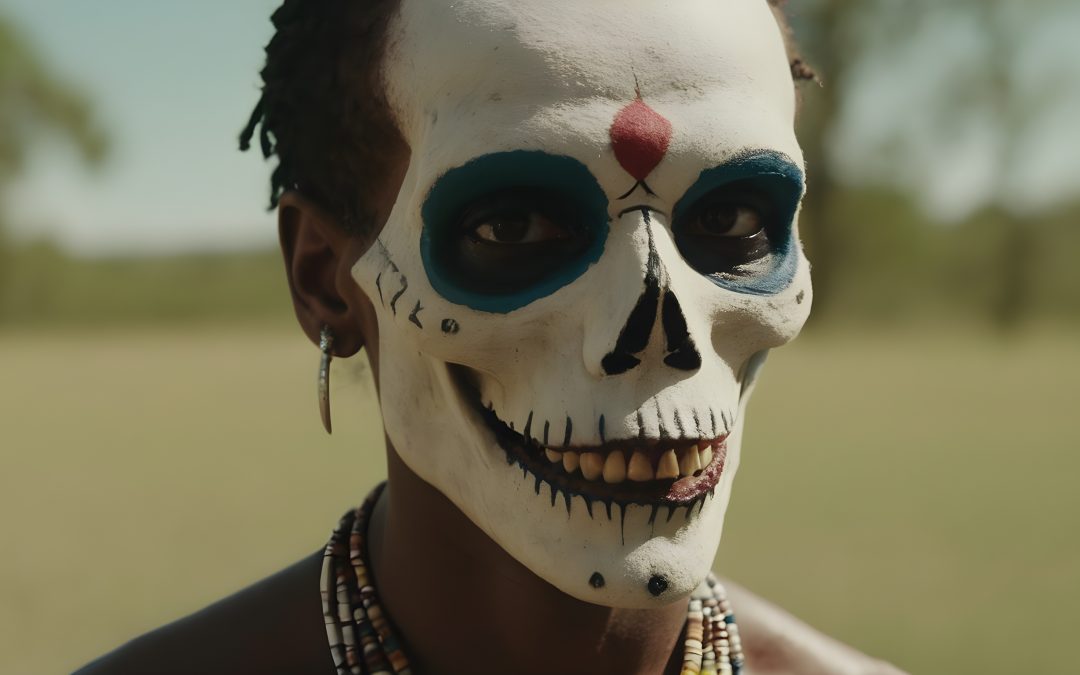Haitian Voodoo, also known as Vodou, is a religion that incorporates elements of African, indigenous Caribbean, and Catholic traditions. One of the key components of Haitian Voodoo is the rituals and ceremonies performed by Voodoo priests, also known as houngans and mambos. These rituals play a crucial role in honoring the spirits, seeking guidance and protection, and maintaining harmony within the community. In this article, we will explore some of the rituals and ceremonies commonly performed by Haitian Voodoo priests.
Opening Ceremony: Preparing the Altar
The opening ceremony of a Voodoo ritual typically begins with the preparation of the altar, which serves as a sacred space for communicating with the spirits. The altar is adorned with candles, flowers, sacred symbols, and offerings such as food, rum, and tobacco. The houngan or mambo invokes the spirits by lighting candles and incense while chanting prayers and songs.
Invocation of the Loa
Central to Haitian Voodoo beliefs are the loa, or spirits, that serve as intermediaries between the human world and the divine. During a Voodoo ceremony, the houngan or mambo invokes specific loa by calling upon their names, offering prayers, and performing rituals such as drumming, dancing, and trance possession. Each loa has unique characteristics and abilities, and they are believed to provide guidance, protection, healing, and blessings to their devotees.
Spiritual Consultations and Divination
Haitian Voodoo priests often perform spiritual consultations and divination to communicate with the spirits and seek guidance on various aspects of life. Divination methods may include casting shells or bones, reading tarot cards, or using a divination board. Through these practices, the houngan or mambo can help individuals understand their circumstances, receive advice from the spirits, and make decisions to improve their well-being.
Healing Rituals and Offerings
Healing rituals are an essential part of Haitian Voodoo ceremonies, as the houngan or mambo may perform rituals to cleanse the body, mind, and spirit of an individual. Offerings of herbs, oils, and charms may be used to promote healing, protection, and spiritual growth. Voodoo priests also work with medicinal plants and traditional remedies to address physical ailments and provide holistic care to their community.
Celebratory Ceremonies and Festivals
In addition to rituals for healing and guidance, Haitian Voodoo priests also lead celebratory ceremonies and festivals to honor the spirits, ancestors, and deities. These events often involve music, dance, storytelling, and feasting to commemorate special occasions such as initiations, weddings, harvests, and religious holidays. Voodoo ceremonies are a vibrant expression of cultural identity and spiritual devotion that bring communities together in unity and celebration.
Closing Ceremony: Giving Thanks and Bidding Farewell
At the conclusion of a Voodoo ritual, the houngan or mambo gives thanks to the spirits for their guidance and blessings. Offerings of food, drink, and other gifts are made as a gesture of gratitude and respect. The priest may also perform a final cleansing and protection ritual to ensure the well-being of the participants as they depart from the sacred space. The closing ceremony serves as a way to honor the spirits, acknowledge their presence, and maintain a harmonious relationship with the divine forces of the Voodoo tradition.
In conclusion, Haitian Voodoo priests play a vital role in performing rituals and ceremonies that connect the community to the spirits, ancestors, and deities of the Vodou tradition. Through their practices of invocation, divination, healing, and celebration, Voodoo priests uphold the rich cultural heritage of Haitian Voodoo and provide spiritual guidance and support to their followers. The rituals and ceremonies performed by Voodoo priests are a testament to the power of faith, tradition, and community in the practice of this unique and sacred religion.

